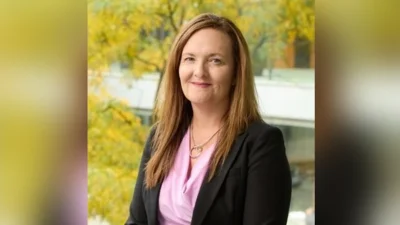The U.S. is facing a shortage of doctors — and radiologists are no exception. According to a 2021 report from the Association of American Medical Colleges, a nationwide shortage of 37,800 to 124,000 physicians is expected by 2034.1
This shortage of physicians presents a looming crisis, particularly as the nation’s population ages. According to the U.S. Department of Health and Human Services, the number of adults 65 and older in the U.S. is expected to increase by nearly 18 million come 2030.2 This population shift will drive increased demand for healthcare services.
In radiology, a key to reducing the impact of this crisis is to attract more medical students to the specialty. But exposure to radiology often comes late in the medical student curriculum, after students have already chosen a specialty. With this in mind, we all have a responsibility to find opportunities to engage medical students earlier in their training and encourage them to consider radiology as a career path.
Even if students ultimately choose a specialty other than radiology, we have a responsibility to help educate them about evidence-based imaging. When medical students become practicing physicians in their respective fields, it is crucial that they understand the importance of appropriate image ordering to ensure the most optimal patient care. As imaging experts, we are in the best position to share this knowledge and the ACR is committed to this cause.
The case studies and resources in this issue can help us advance these objectives. Each provides practical steps that we can follow and programs that we can deploy to teach medical students about this dynamic profession and the critical impact imaging and radiologists have on patient care every day. The future of our specialty and the health of our patients depend on us.
Original source can be found here



 Alerts Sign-up
Alerts Sign-up